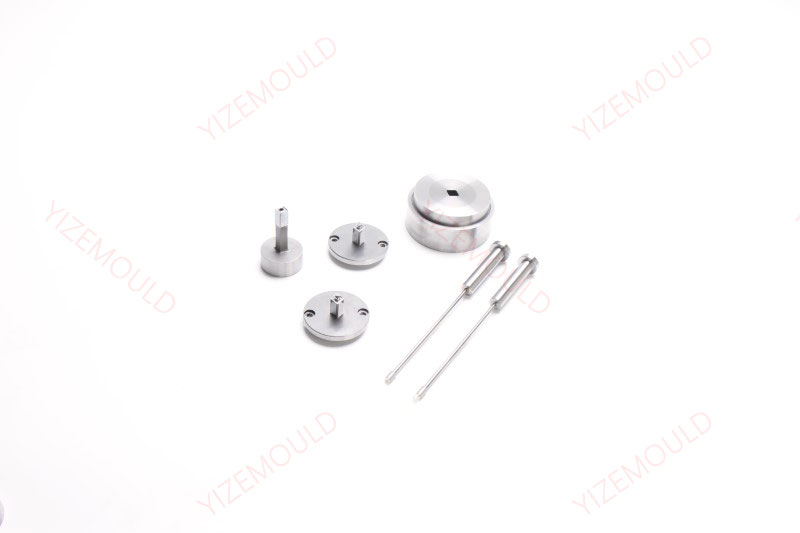Tungsten carbide machining process flow
Tungsten carbide is widely used in various industrial sectors due to its exceptional hardness and wear resistance. Understanding its complex and precise processing workflow is crucial for professionals working in […]
Tungsten carbide is widely used in various industrial sectors due to its exceptional hardness and wear resistance. Understanding its complex and precise processing workflow is crucial for professionals working in engineering, manufacturing, and scientific research fields. This article introduces the main processing steps of tungsten carbide. If tungsten carbide parts can be made by machining rod or plate materials, the smelting process is not necessary.
Smelting Process.
Batching and Mixing.
The machining of tungsten carbide begins with the careful selection and mixing of tungsten carbide and cobalt powders. These raw materials are mixed according to specific requirements to ensure the quality and performance of the final product.
Our factory business: carbide parts, mold parts, medical injection molds, precision injection molds, teflon PFA injection molding, PFA tube fittings. email: [email protected],whatsapp:+8613302615729.
Crushing and Drying.
The mixed materials then undergo crushing and drying processes to prepare for subsequent forming steps. This stage is key to ensuring the uniformity and flowability of the material.
Binder Addition and Granulation.
After sieving, a specific binder is added to the mix, followed by drying and sieving again to create the mixture. Then, this mixture is formed by pressing and sintered in a vacuum low-pressure sintering furnace.
Sintering and Inspection.
After sintering, the tungsten carbide blanks undergo strict quality inspections, including non-destructive ultrasonic testing and dimensional accuracy checks, to ensure they meet stringent quality standards.
Molding and Machining.
Molding is a crucial step to process the smelted tungsten carbide into the desired shape and size. This includes:
- Wire EDM (Electrical Discharge Machining).
- Turning, milling, drilling.
- Grinding (surface, contour, internal and external).
- CNC lathe machining.
- EDM machining.
These processes involve high-precision mechanical operations to achieve the required geometric shapes and dimensions.

Heat Treatment.
The heat treatment process is vital for enhancing the performance of tungsten carbide. Although usually not required, certain applications may need treatments to eliminate internal stresses. If specific hardness tolerances are required, heat treatment can be used for precise control.
Surface Treatment.
Surface treatment of tungsten carbide mainly includes mirror polishing to achieve an extremely fine surface roughness, thus improving its wear resistance. If further enhancement in wear resistance and hardness is needed, PVD coating treatments are commonly used.
Quality Testing.
After each processing step, strict quality testing is conducted to ensure the product meets all requirements. This includes assessments of dimensional accuracy, surface quality, hardness, and mechanical properties.
By understanding the processing workflow of tungsten carbide, we can better appreciate the value and potential applications of this material. Do you have unique insights or experiences in tungsten carbide processing? Feel free to share your views and suggestions in the comments!






